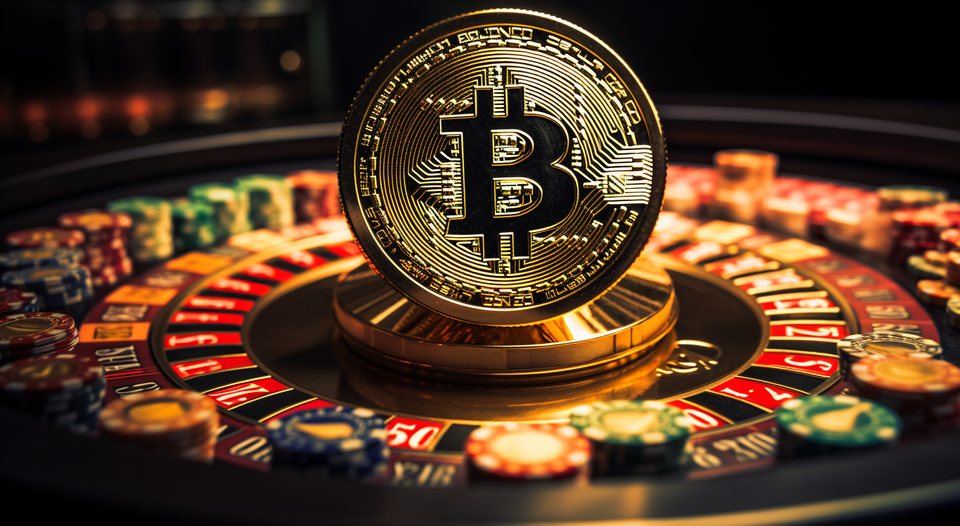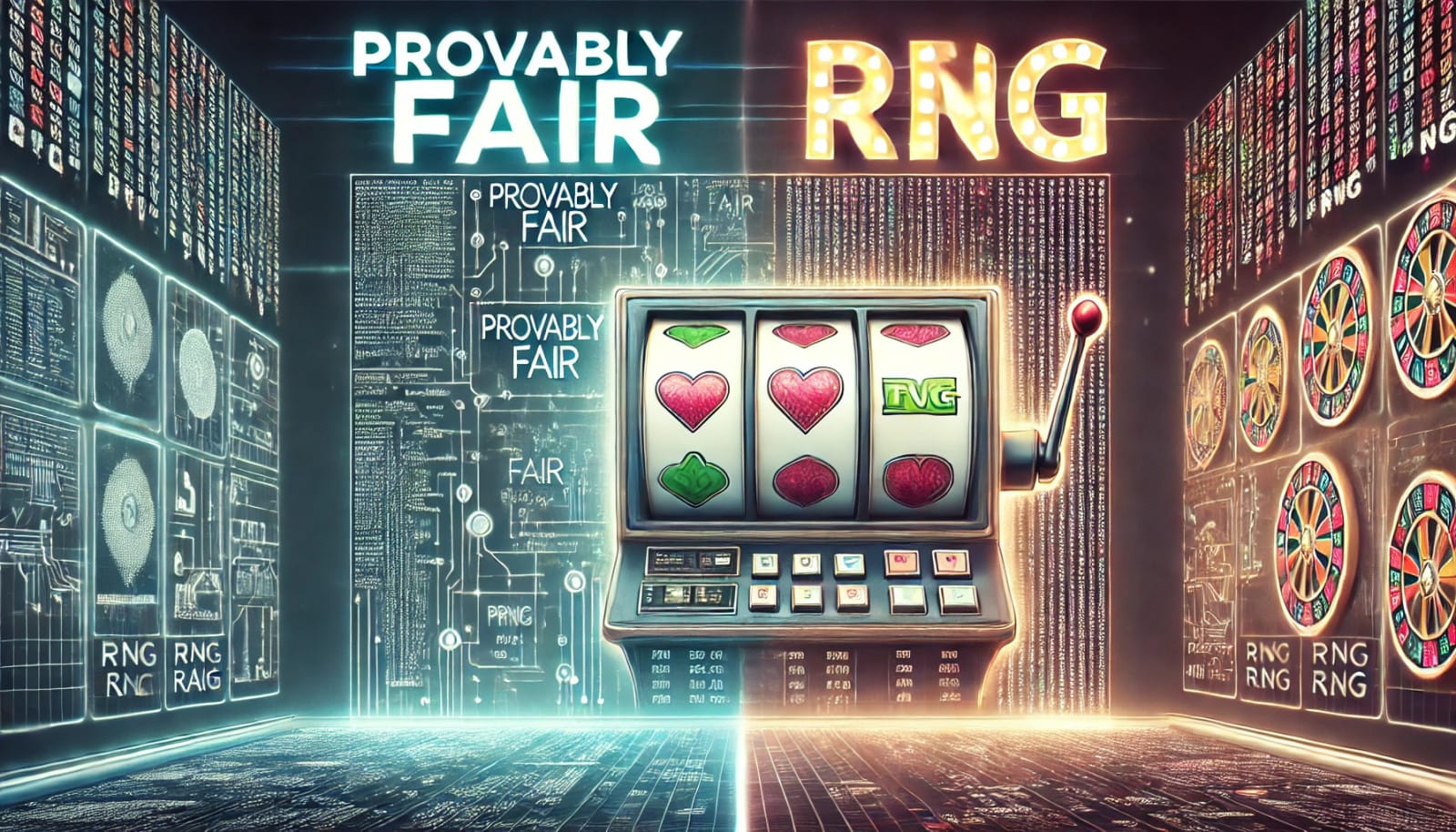Crypto Guide: What Should You Know About the GambleFi Crypto Narrative?

First, there was DeFi, or Decentralized Finance, a peer-to-peer system that removes centralised institutions from financial transactions. Now, you'll probably hear and read about GambleFi, which refers to decentralized gambling platforms and tokens that harness smart contracts and blockchain technology. Conversations on GambleFi often focus on fairness, game transparency, and the use of cryptocurrency as the primary payment option.
GambleFi sits at the intersection of cryptocurrency, blockchain technology and gambling. Gambling and crypto are two popular niches, and combining them to create entertainment and potential rewards for users is a winning bet. In addition to creating value and entertainment for players, developers also attempt to address the challenges and issues of traditional online casinos.
So, what's up with the GameFi narrative?
GambleFi's narrative can be traced back to the launch of the first crypto and Bitcoin casinos. SwitchPoker was one of the first crypto-betting sites to launch in 2011, followed by Satoshi Dice in 2012. Then, there was Bitcasino and Bitstarz in 2014; the popular Stake came into the picture in 2017. Other well-known crypto betting sites followed suit, leveraging the blockchain and using cryptocurrencies for payments.
Although crypto casinos were already operational in 2014, these gambling sites only became popular when one leading crypto casino earned a remote license from the Curacao Gambling Licensing Authority. Then, the popularity of Twitch streaming also fueled the growth of crypto casinos, expanding their audience reach and paving the way for their mainstreaming.
One of the popular personalities in crypto gambling and DeFi is Gainzy, known for playing high-stake bets and streaming his betting sessions. At one point, Gainzy's decision to move into another crypto casino (and sponsorship) led to the token's dip in value. After announcing his transfer to another gambling platform, his former sponsor's token dropped by 5.3%.

What are the use cases for DeFi?
Like many crypto and blockchain projects, DeFi aims to solve real problems. Two key issues in traditional online gambling are the games' fairness and transparency, and most GambleFi projects aim to address these.
One issue that affects the players' betting experience is fairness and transparency of gaming outcomes. Although popular games like slot machines boast RTP and volatility information, players cannot check and verify the information. GambleFi solves this by integrating fairness and transparency in games.
Crypto and Bitcoin casinos leverage blockchain technology to design provably fair games. Unlike traditional RNG casino games like online slots and table games, provably fair games allow players to check and verify their fairness using the server seed, client seed, and nonce. Some popular examples of provably fair games in GambleFi are Crash games, Mines, Plinko, and Keno.
Casinos in the GambleFi niche also leverage blockchain technology and peer-to-peer systems to offer players a seamless, private, and convenient payment method. The players' funds are often placed in a smart contract escrow, and payment requests are usually processed immediately after the game.
What are the Top 3 GambleFi projects as of January 2025?
GambleFi is a thriving niche in crypto, and as of January 15th, these projects boast a combined market cap of $549 million per CoinGecko. The top 3 GambleFi projects, according to the market cap, are Rollbit Coin (RLB), BC Game Coin (BC), and Shuffle (SHFL).
Let's take a brief look at these popular GambleFi coins and their features:
What is Rollbit Coin?
Rollbit Coin (RLB) is a crypto that functions as a utility token within the Rollbit ecosystem. It was launched in February 2020 and acts as the on-site currency for players to enhance their betting experience. Using this token, players enjoy increased rakeback, reduced trading fees, and the opportunity to join the RLB Lottery. Unlike many recent tokens, the Rollbit Coin wasn't introduced through an Initial Coin Offering or ICO. Instead, the tokens were distributed through an airdrop to existing players of the platform.
This process of "airdropping" these tokens reflects the developers' commitment to rewarding the community and early adopters and fostering community participation. The token's supply is capped at 5 billion coins, and a portion of this supply is burned as part of its staking process and entry into the lottery program. Interestingly, the burning mechanism not only removes some tokens from circulation but can also boost the token's value due to diminishing supply.
What is the BCGame Coin?
The BC is a native token of another popular crypto-betting site. This token acts as both a utility and governance token that can boost players' betting experience with rewards and practical applications within the gaming ecosystem. The BC token is built on the Solana blockchain, promising fast and secure transactions, with its supply capped at 10 billion.
Unlike other tokens, BC's developers rely on a weekly buyback and burn mechanism. A percentage of the platform's reserves and revenues are used to buy tokens from crypto exchanges, subject to existing market prices. These tokens are permanently removed from circulation through a manual or automated burn process facilitated by smart contracts. Through a reduction in supply, token holders can look forward to its appreciation in value over time.
What is the Shuffle Coin?
Shuffle coin was launched on February 1st, 2023, and was developed to create a premium online gambling experience. Like other GambleFi tokens, the Shuffle coin can be used for various purposes, including as a wager asset, a buyback and burn mechanism, VIP perks, and airdrop incentives.
Holders can use the token to play a wide range of games, including slots, table games, and provably fair games. The coin is also used to incentivise early adopters and active users of the platform through an innovative reward system.
Shuffle used the ERC-s0 standard, with an initial circulating supply of 71,126,984.56 and a max supply of 1,000,000,000.
What is the Future of GambleFi?
GambleFi will remain an exciting crypto niche in the next few years. According to Statista, online gambling revenues are projected to hit $107.70 billion in 2025. The industry's revenue is expected to experience an annual growth rate of 5.42%, with a projected market volume of $133 billion by 2029.
And if we look at the numbers, experts estimate that the number of players will grow to more than 291 million by 2029. And since gambling remains a popular leisure activity and most players value unique and engaging experiences, we can expect a bright future for GambleFi.
Also, GambleFi will benefit from technological innovation, the need for diversification opportunities, and growing regulatory clarity. Blockchain technology continues to evolve and improve, and future innovations may address the industry's current limitations.
Furthermore, GambleFi projects and their tokens may also appeal to holders, traders and investors looking to diversify their assets and investments. GambleFi's early phase boasts high-reward opportunities but comes with risks. For example, Rollbit Coin's price two years ago was $0.0021; today, it's trading at $0.0880. So, if you held to your tokens, you're now up 58%.
Finally, increasing regulatory clarity in online gambling also presents an opportunity for GambleFi projects. More transparent regulations and highly specific licensing requirements can attract more investments and boost user adoption.

